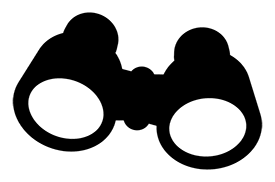1

It’s wise to do some more reading about that narrower topic once you have it. For one reason, you probably don’t know much about it yet. For another, such reading will help you learn the terms used by professionals and scholars who have studied your narrower topic. Those terms are certain to be helpful when you’re looking for sources later, so jot them down or otherwise remember them.
For instance, if you were going to do research about the treatment for humans with bird flu, this background reading would teach you that professionals and scholars usually use the term avian influenza instead of bird flu when they write about it. (Often, they also use H1N1 or H1N9 to identify the strain.) If you didn’t learn that, you would miss the kinds of sources you’ll eventually need for your assignment.
Most sources other than journal articles are good sources for this initial reading, including the New York Times or other mainstream American news outlets, Wikipedia, encyclopedias for the discipline your topic is in (horticulture for the crabapple bud development topic, for instance), dictionaries for the discipline, and manuals, handbooks, blogs, and web pages that could be relevant.
This initial reading could lead you to narrow your topic further, which is fine because narrower topics lead to greater specificity for what you have to find out. After this upfront work, you’re ready to start developing the research question(s) you will try to respond to for your assignment.
Tip: Keeping Track of Your Information
While you are in the background reading phase of your research you will come across a lot of sources and won’t know yet if they will prove useful in the long run. A handy type of software to help you keep track of all your findings is called citation management software. It will also be extremely valuable when it comes to using the resources you end up needing.
Most subscription databases have a citation generator built into the databases. Look for labels such as “cite this,” “cite now,” “citation tools”, etc. After copying and pasting the citation into your draft works cited document, make sure to proofread and edit your citation for accuracy.
Fuel Your Inspiration
It’s worth remembering that reading, scanning, looking at, and listening to information resources is very useful during any step of the process to develop research questions. Doing so can jog our memories, give us details that will help us focus, and help us connect disparate information–all of which will help us come up with research questions that we find interesting.
